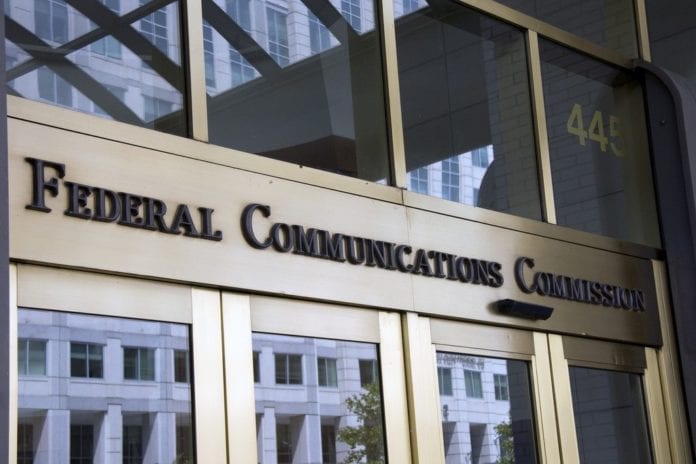Nokia highlighted the need for more mid-band spectrum for 5G
U.S. mobile operators will need to hold additional spectrum in order to be in a position to guarantee the evolution from early 5G to full 5G, according to a recent policy paper by vendor Nokia. The infrastructure giant highlighted that U.S. operators currently hold significant spectrum, and will begin deployments in a range of bands including 600 MHz and millimeter wave spectrum.
“China will be making huge blocks of mid-band spectrum available to operators (80-100 megahertz each) while South Korea is moving forward with both mid-band and millimeter wave auctions in 2018. For the U.S. to future-proof 5G, operators in the U.S. will require substantially more spectrum,” the paper said.
Nokia also said it is imperative that the U.S. Federal Communications Commission (FCC) allow operators to innovate by offering specialized services that are necessary to emerging applications and services that require predictable service quality. “Restrictions on legitimate network management and the development of specialized or prioritized services drain value creation from the mobile broadband ecosystem and will impair the development schedule for 5G. Open internet rules that protect consumers while allowing for flexible network management and innovative service offerings is a sensible, balanced approach.”
The vendor also said the deployment of 5G networks will require the installation of a high number of base stations to meet the performance needs of future applications. These dense networks will be deployed as heterogeneous networks, combining macro sites with smaller base stations and using a range of radio access technologies including LTE-A, Wi-Fi and any future 5G technologies. Nokia highlighted that there are significant disparities in local siting rules for infrastructure. “The FCC has made a good down payment with its infrastructure proposal relating to tribes, environmental, and historical preservation processes. However, further action to speed the siting of the hundreds of thousands of new small cells that are needed for IoT is necessary.” Nokia’s paper said.
Nokia urged the U.S government to speed-up the process to finalize the rules for 3.5 GHz band, allowing deployments in both General Authorized Access (GAA) in 2018 and the Priority Access License (PAL) blocks in 2019. For this to happen, the FCC must wrap up the open further rulemaking and move toward auction rules for the PALs even as the GAA deployments begin.
The European vendor also recommended the U.S authorities to move this year to a notice of rulemaking in the 3.7-4.2 GHz band. “Whether on an interim basis through sharing and eventual migration to a cleared band, or through other mechanisms, the FCC needs to be more aggressive with this band,” the paper said. Nokia emphasized that the goal with this should be to provide each U.S mobile operator up to 100 megahertz of mid-band spectrum as China is doing.
“Significant early investment in 5G will help close the gap in ultrafast mobile broadband between the U.S. and other countries, particularly in advance a major 5G push expected from China,” Nokia added.
During the 2018 Mobile World Congress, which took place in Barcelona, Spain, last month, FCC chairman Ajit Pai said his agency is ready to move forward with a major auction of millimeter wave spectrum for 5G. The FCC wants to auction spectrum in the 28 GHz band this November.
Pai said that the upcoming auction is contingent on Congress passing a new law to make it easier for the FCC to deposit upfront payments from bidders.
The 28 GHz spectrum band is quickly emerging as a focus for 5G deployments. Verizon and AT&T are both testing fixed wireless deployments at 28 GHz, and AT&T has said it will use millimeter wave bands for its mobile 5G launch this year, although it did not name the specific band.

